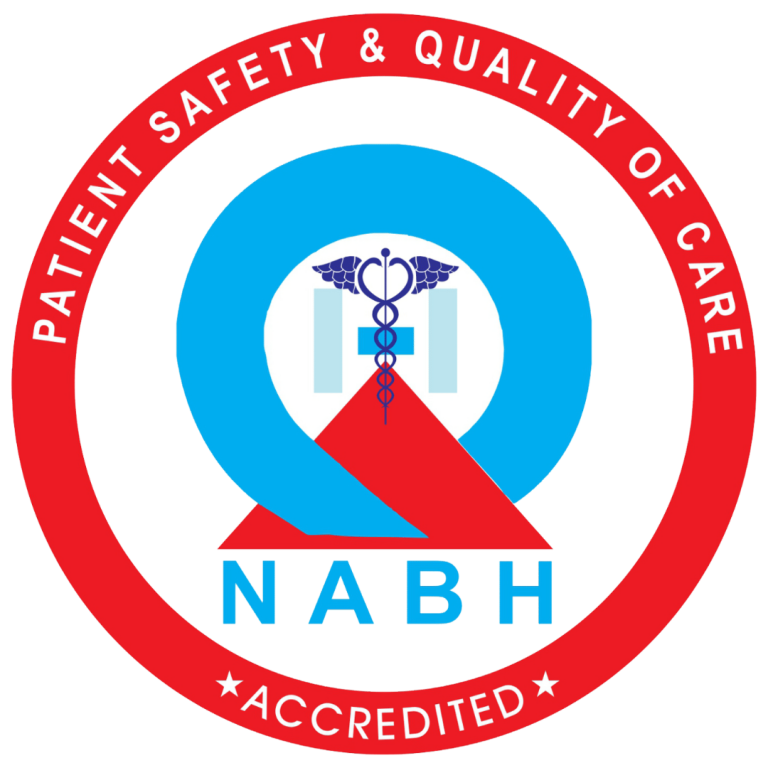Water birth is a method where women labour and sometimes deliver in warm water, typically in a birthing pool. It has become a popular option for promoting comfort and easing pain naturally during childbirth. However, questions often arise about how safe water birth truly is, its benefits, and any associated risks. This guide provides a clear, balanced, and evidence-based look at the safety profile of water birth, with key advantages and considerations for expecting mothers.
What Is Water Birth?
Water birth involves giving birth in a tub or pool filled with warm water. Mothers may enter the pool during active labour for pain relief and relaxation and either deliver in the water or exit for delivery based on their preferences and care provider guidance. The warmth and buoyancy of water help reduce the physical strain and emotional stress commonly experienced during childbirth.
Safety of Water Birth
Scientific research overwhelmingly supports that water birth is safe for low-risk pregnancies. Large-scale studies, including one from England involving over 46,000 women, show no increased risk of serious complications for mother or newborn when giving birth in water compared to conventional births on land. This study found no increased risk of low Apgar scores (a measure of newborn health), severe vaginal tears, or infections associated with water birth. Additionally, water birth was linked with a lower chance of postpartum haemorrhage and fewer newborn admissions to neonatal units.
A comprehensive UK study of over 60,000 births also confirmed that water births did not increase serious tear rates, baby deaths, or breathing support needs for newborns, reassuring both mothers and healthcare providers about its safety when conducted appropriately by trained professionals. Other reviews and meta-analyses consistently find no significant difference in adverse outcomes between water births and land births for low-risk mothers.
Benefits of Water Delivery
- Natural Pain Relief: The warm water soothes muscles and softens contractions, providing effective pain relief without medication.
- Enhanced Comfort & Mobility: Buoyancy allows freedom to move and adjust positions easily, aiding labour progression and comfort.
- Reduced Risk of Severe Tearing: Studies suggest water birth may lower the incidence of severe perineal tears during delivery.
- Lower Blood Loss: Water birth is associated with reduced risk of postpartum haemorrhage.
- Positive Birth Experience: Many mothers find water births calming, less stressful, and emotionally supportive.
- Better Newborn Outcomes: Babies born in water have been found to have fewer respiratory issues and lower rates of hospital admission in some studies.
Risks and Considerations
Though rare, there are potential risks associated with water birth that should be considered:
- Infection Risk: Proper hygiene and water cleanliness are critical to prevent infections for mother and baby.
- Umbilical Cord Issues: There is a low risk of the umbilical cord snapping during underwater delivery, although this occurs infrequently.
- Newborn Respiratory Concerns: Babies must be monitored carefully to ensure they do not inhale water during birth, though research shows no significant increase in breathing complications in water births.
- Slips and Falls: Entering and exiting the pool can be slippery; safety protocols are necessary.
Water birth is generally not recommended for women with pregnancy complications such as high blood pressure, multiple births, preterm labour, or infections. Always consult your healthcare provider to assess if you are a good candidate for water birth.
Preparing for Hydro Birth
- Discuss Early: Talk to your obstetrician or midwife well before your due date to decide if water birth suits your pregnancy status.
- Choose a Facility: opt for hospitals or birthing centres equipped and experienced in water birth practices.
- Arrange Support: A trained birth team should be present to monitor baby’s heart rate and mother’s condition continuously.
- Prepare Your Birth Plan: Include contingency plans for exiting the water if complications arise.
Conclusion
Water birth offers a safe and valuable option for natural pain relief and relaxation during labour for women with uncomplicated pregnancies. With proper medical oversight, trained personnel, and clean facilities, water birth does not increase risks to mother or baby and may provide multiple benefits including less tearing, reduced bleeding, and a more positive birthing experience. Expecting mothers should make informed decisions in partnership with their healthcare providers to ensure a safe and comfortable birth journey.
This comprehensive guide aims to empower you with trustworthy, evidence-based information on water birth safety, benefits, and risks so you can confidently choose the best birthing option for you and your baby.
Book an Appointment







